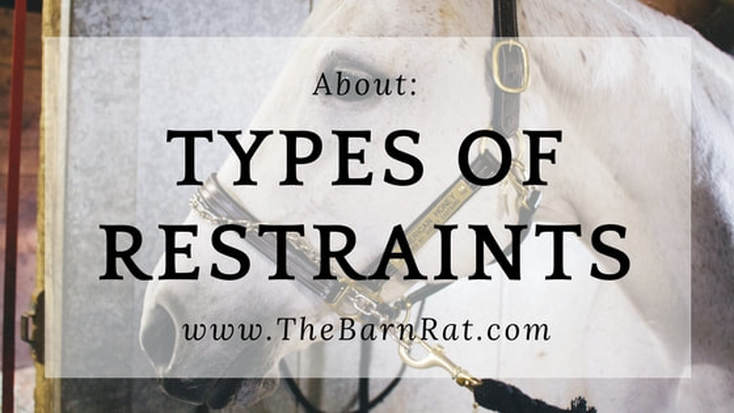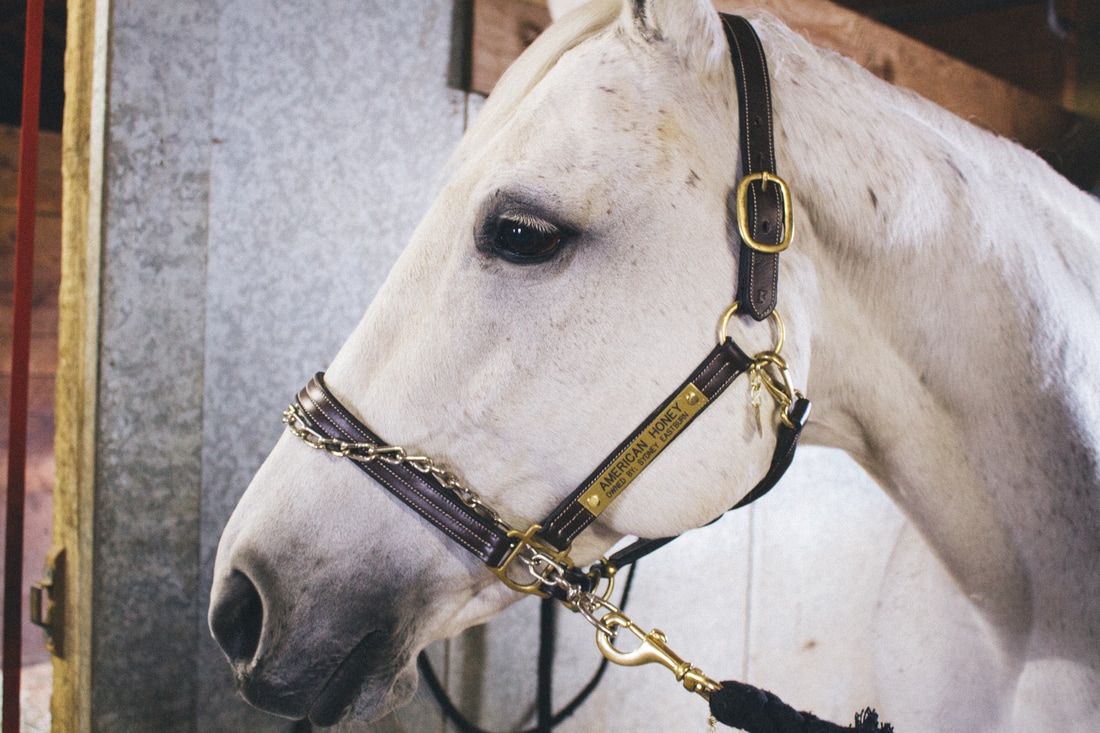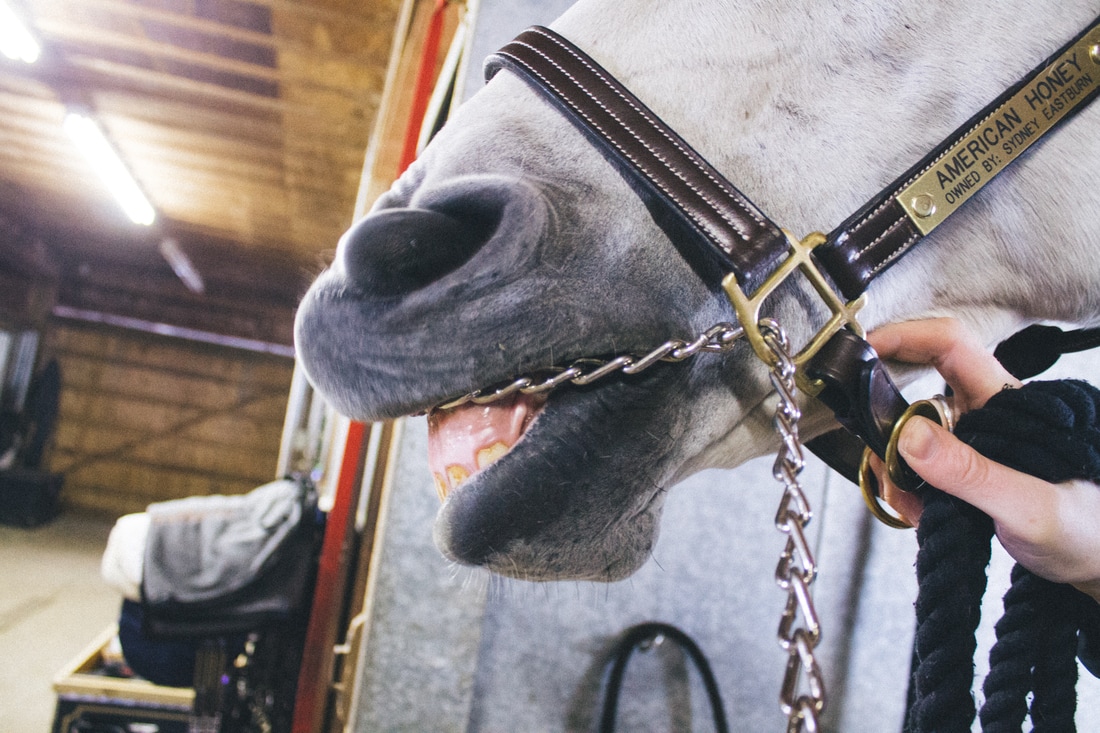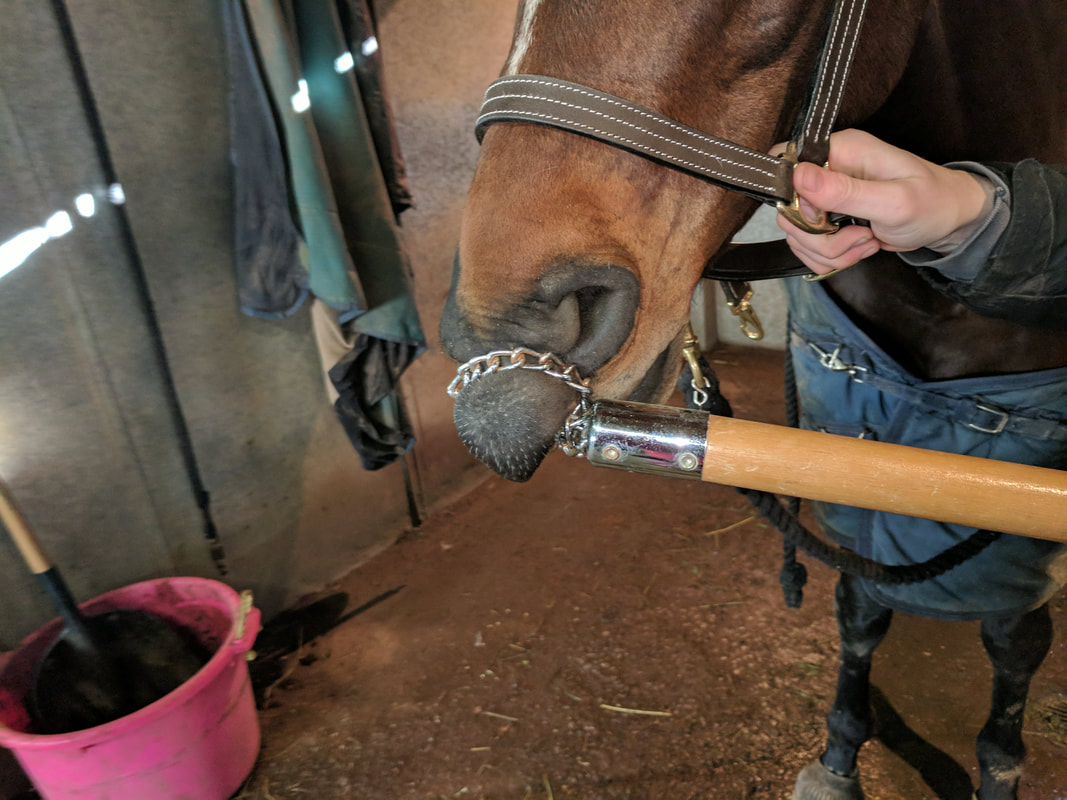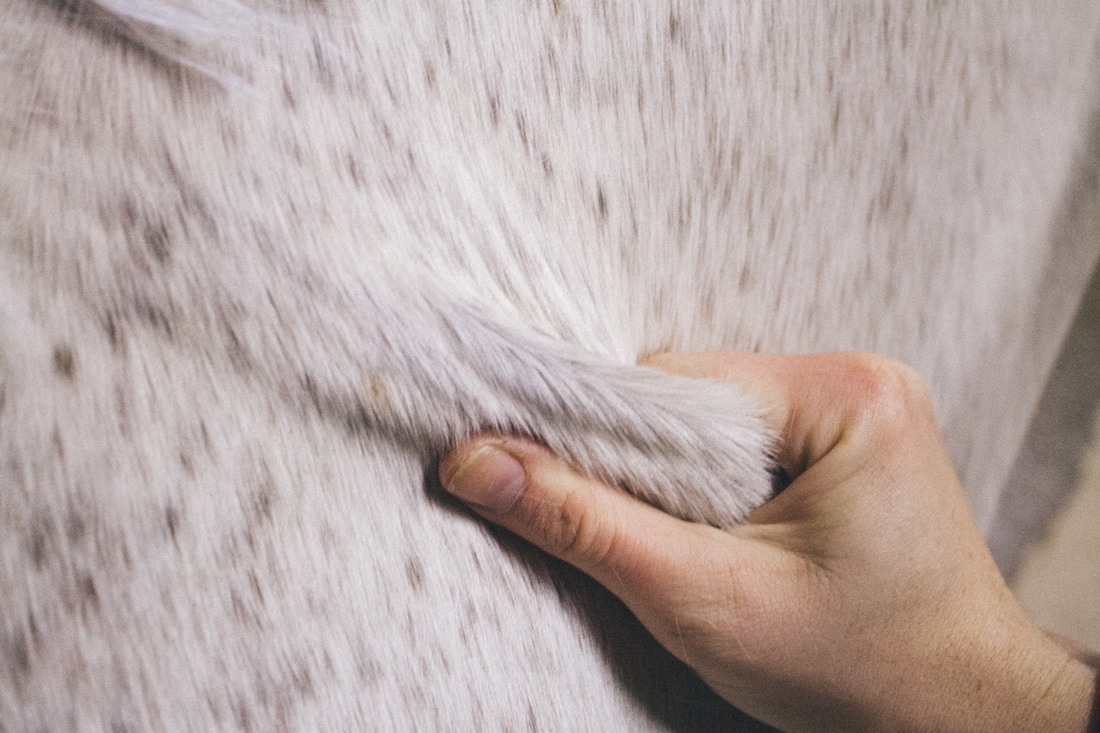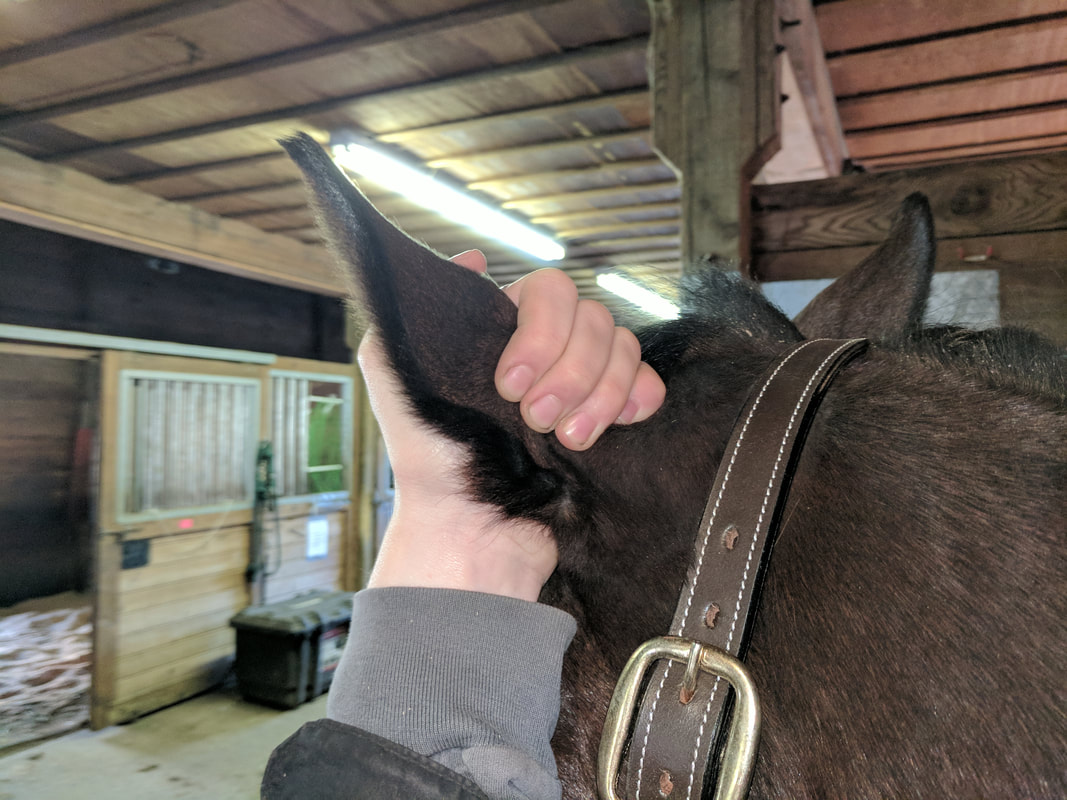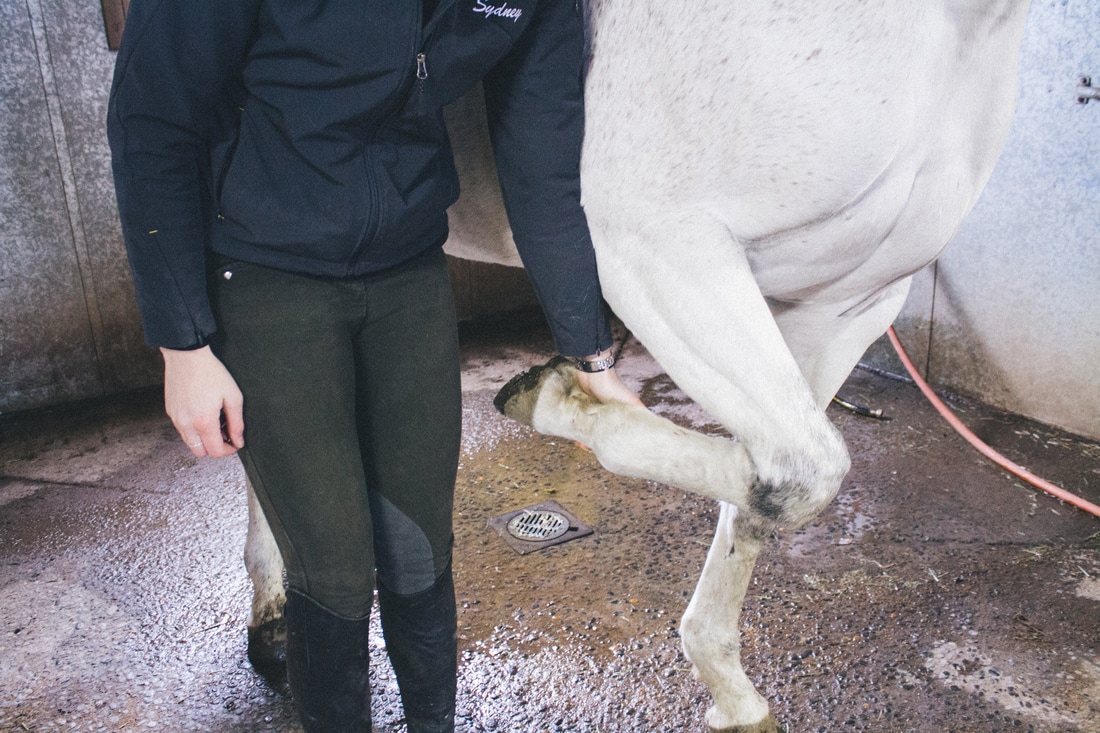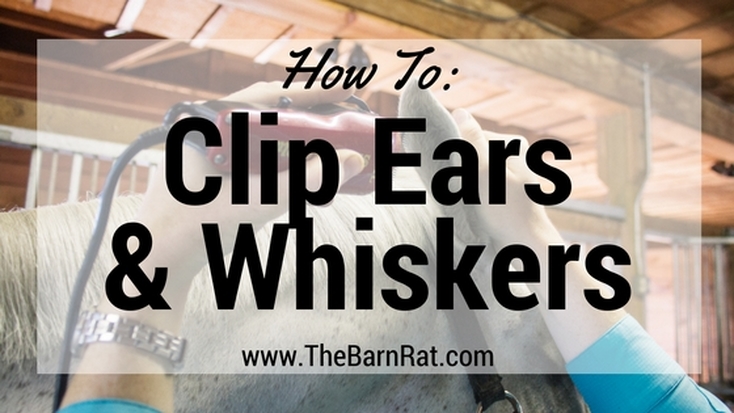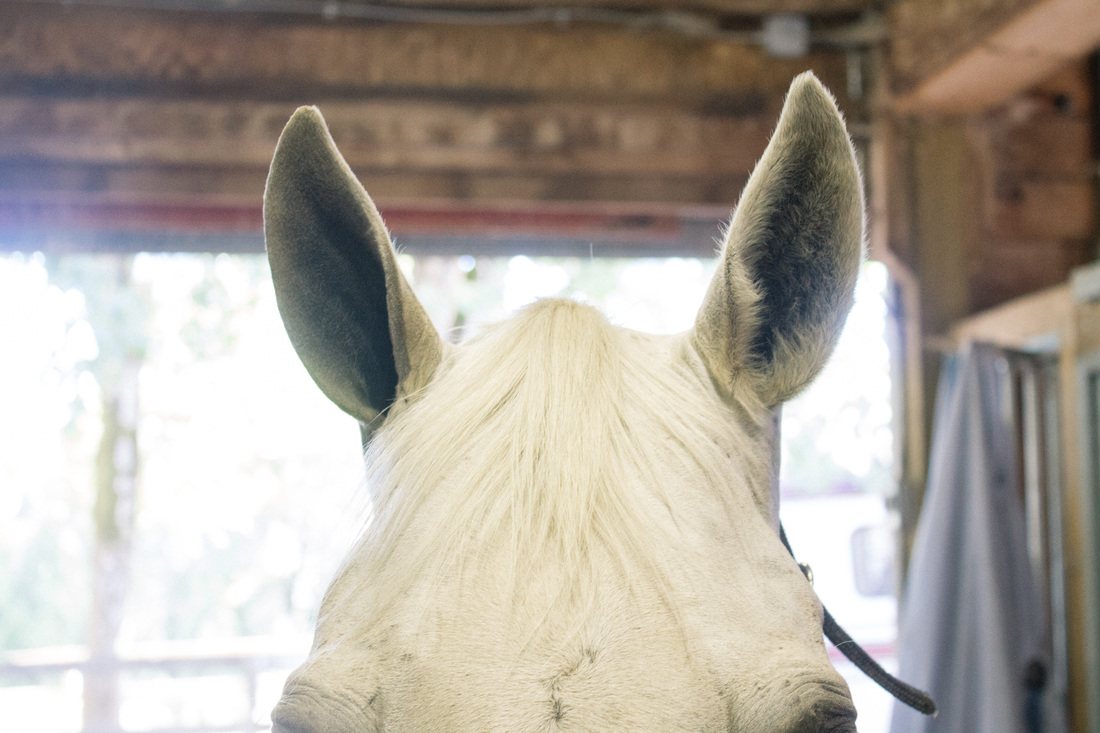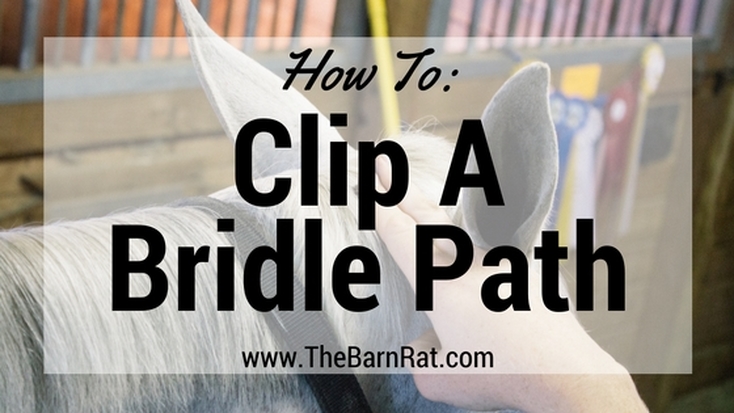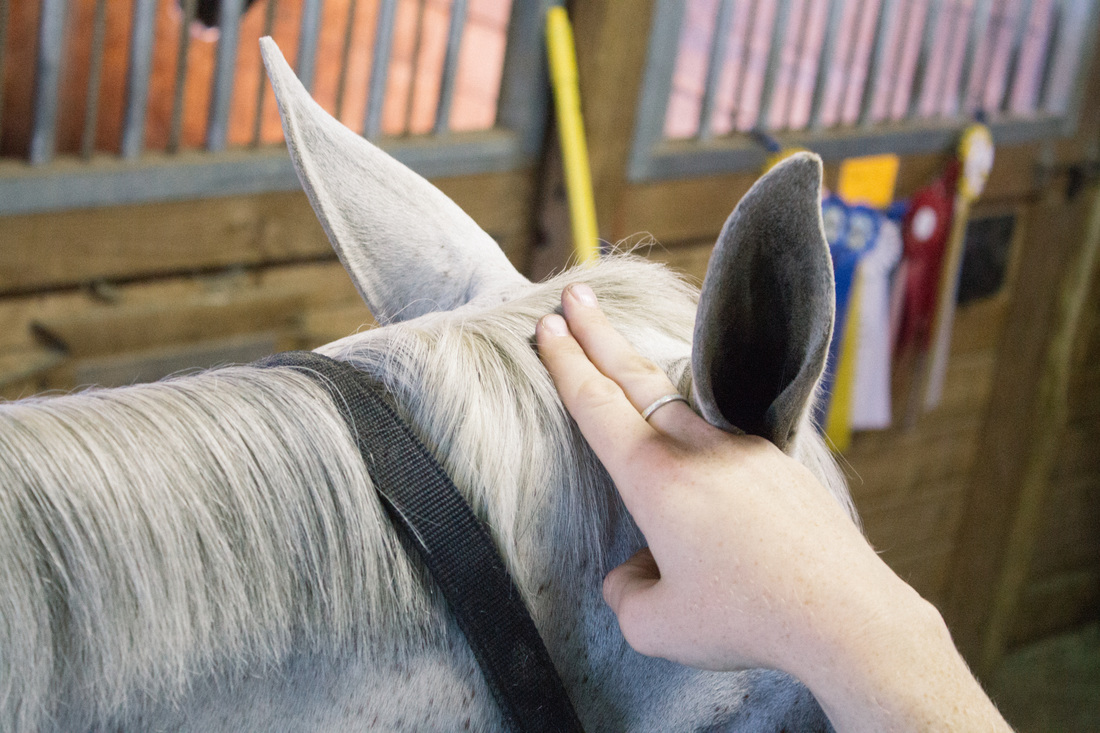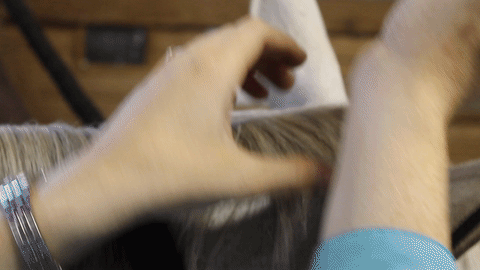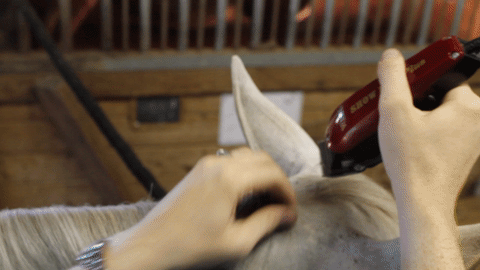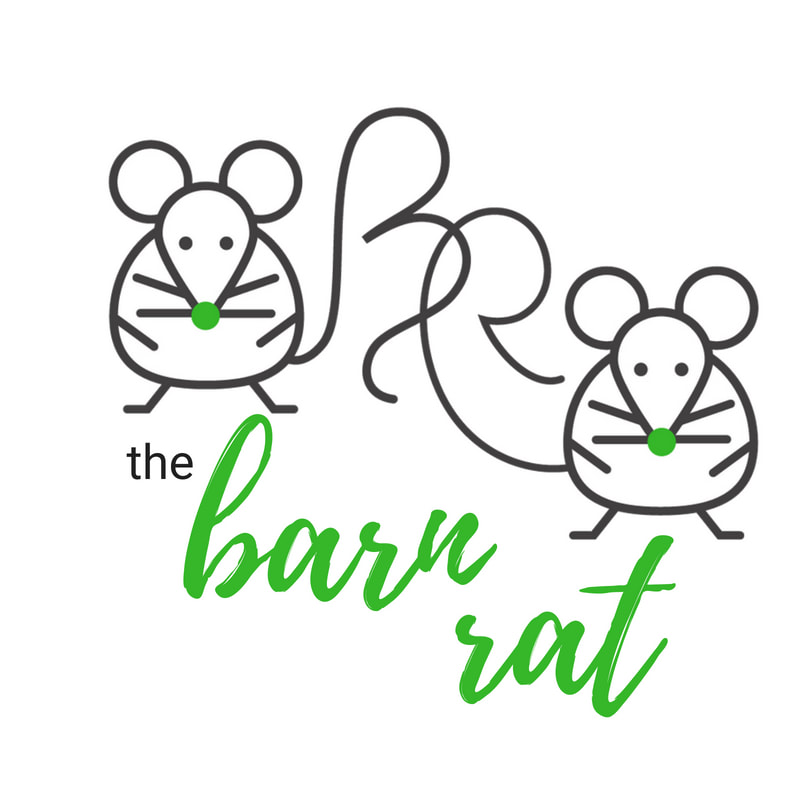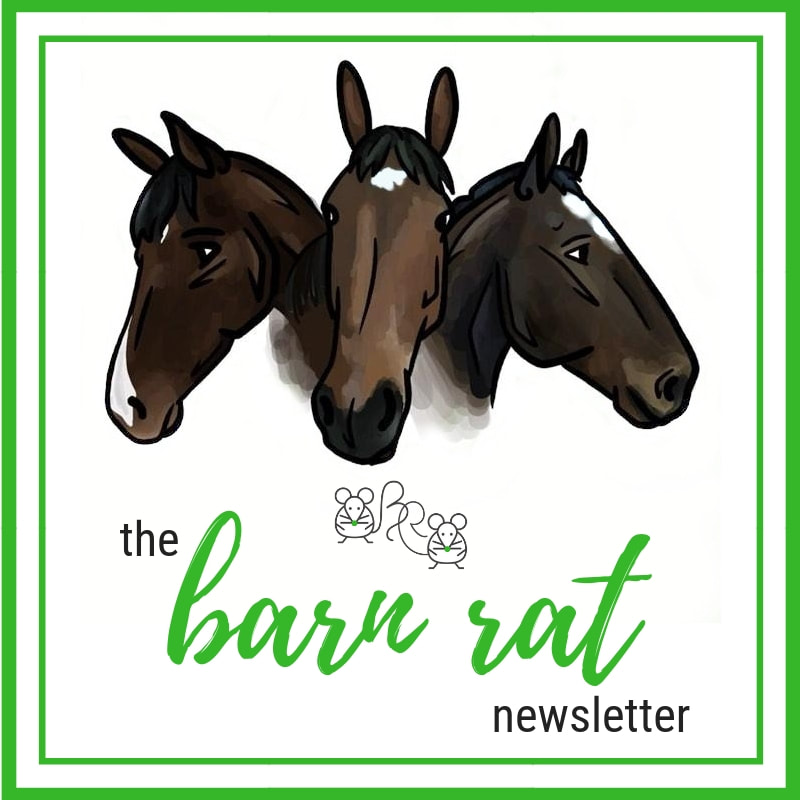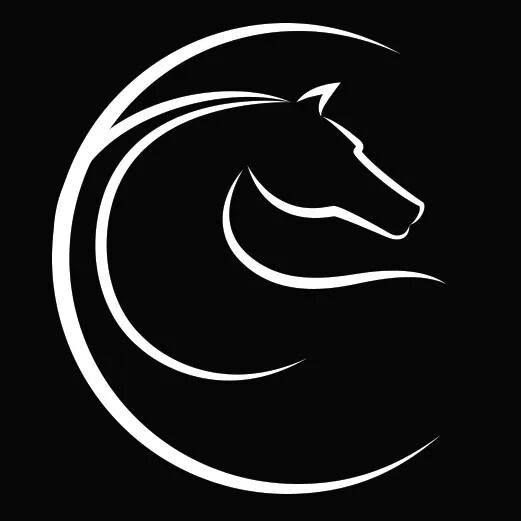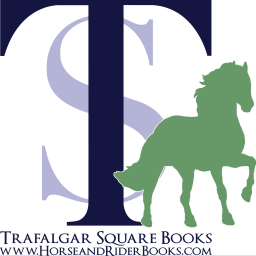|
Daily we handle our horses. Grooming them, riding them and loving on them. Sometimes, we need to do something with our horses that they aren't particularly fond of, like clipping, delivering medication, or leading them on a windy day. When those situations occur using a restraint technique can ensure both yours and your horse's safety. Below are an overview of the most common restraints. These restraints can very in severity and are to be used with caution and understanding. Being too firm with your horse can cause them to fear you and the situation, which no one wants. If you are wanting to practice any of these techniques look to your instructor or barn manager for assistance.
2 Comments
Clipping the ears and whiskers are the simplest forms of clipping that can really make your horse look sharp and show ready. Also, have clipped ears helps a horse be more accepting of earplugs because the hair isn't irritating. There are many different types of clippers that you could use for this. I recommend a pair of clippers meant for horses! These clippers have removable blades that allow for fresh new blades that offer a smoother shave and also allow the blades to be sharpened. A good starter set of clippers are the Andis or an advanced set that I love are the Wahl clippers.
Trimming the ears can be disliked by many horses. It is important that you move slowly, gently and take your time. However, you also need to stay determined and wait your horse out if they object. Once they realize you aren't going to hurt them most horses give in and let you clip their ears without argument. Sometimes a horse can have had a bad experience that you are unaware of that will make clipping their ears a real struggle. This is definitely where patience and fairness come in to play. Never get frustrated with your horse and act out emotionally. This will only make them afraid and tell them that clipping is a bad thing. In the video watch how gently I handle my horse's ears. And like with anything for horses, the more you do it the more they get better at accepting what you are doing.
When clipping the nose, make sure to clip under the bottom lip and the insides of the nostrils. There also can be some long stray hairs that go pretty high up the nose. Getting all of these little hairs helps your horse look their best. Even though most horses are well behaved for getting their whiskers trimmed I will always use my non clipping hand to hold on to their halter to help steady any sudden movements.
|
Categories
All
SponsorsInterested in sponsoring The Barn Rat? Be sure to contact us here!
|
